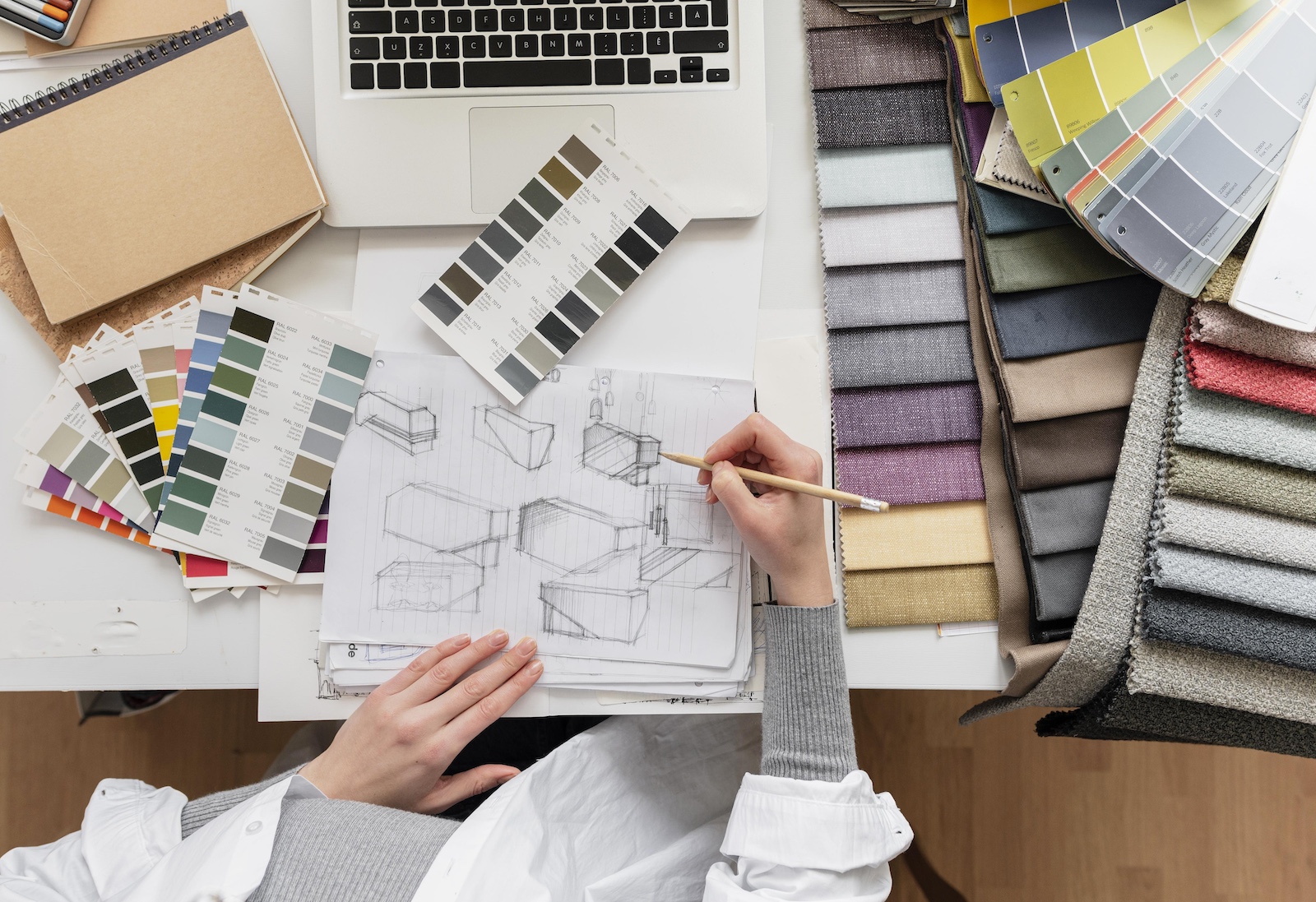
Designing with Purpose: Emerging Trends in Sustainable Furniture Every Student Should Explore
Designing with purpose: emerging trends in sustainable furniture every student should explore
Introduction
In today’s world, sustainability is more than just a buzzword. It's a key component of responsible and innovative design. As a student delving into furniture design, understanding emerging trends in sustainable furniture can set you apart and prepare you for a future-minded career. This article aims to provide insightful and practical advice on sustainable furniture design.
The essence of sustainable furniture design
Sustainable furniture design goes beyond aesthetics and functionality—it involves creating pieces that minimize environmental impact and promote a greener lifestyle. Here are some fundamental principles:
- Eco-friendly materials: Opt for materials that are renewable, recyclable, and non-toxic. Bamboo, reclaimed wood, and recycled metal are popular choices.
- Durability: Design furniture that stands the test of time, reducing the need for frequent replacements.
- Multi-functionality: Create designs that serve multiple purposes, optimizing space and resources.
Current trends in sustainable furniture design
Staying updated with the latest trends can inspire your designs and keep your work relevant. Here are some emerging trends:
1. Use of reclaimed materials
Utilizing reclaimed wood and metal not only reduces waste but also adds character and uniqueness to each piece. 
2. Natural and non-toxic finishes
Choose natural finishes such as beeswax or natural oils that are free from harmful chemicals. This ensures a healthier indoor environment.
3. Minimalist designs
Embrace simplicity and functionality. Minimalist designs often require fewer materials and are easier to produce sustainably.
4. Upcycling
Transforming old furniture or materials into new designs is a creative way to promote sustainability. Upcycling breathes new life into items that would otherwise be discarded.
5. Local sourcing
Source materials locally to reduce the carbon footprint associated with transportation. Building relationships with local suppliers can also lead to collaborative opportunities.
Practical advice for budding designers
To incorporate sustainability into your designs, consider these practical steps:
- Research and planning: Understand the environmental impact of different materials and processes. The more informed you are, the better choices you can make.
- Experimentation: Don’t be afraid to experiment with unconventional materials or techniques.
- Engagement with the community: Join forums and attend workshops to learn from other designers and share your experiences.
Leveraging resources at Distro
Distro specializes in custom on-demand wood product manufacturing and distribution, making it easier for you to bring your sustainable designs to life. Explore their services and tools to enhance your design journey:
- Get a quote for your custom furniture designs.
- Contact us for consultations and support.
- Learn about our capabilities to understand how we can assist in your projects.
- Use our AI furniture design generator to spark new ideas and streamline your design process.

Conclusion
Sustainable furniture design is an ever-evolving field that offers numerous opportunities for innovation and creativity. As a design student, embracing these principles and trends can lead to a rewarding and impactful career. Utilize the resources available, continue to learn and experiment, and always strive to design with purpose.
Related Post: How To Price Your Print On Demand Products For Profit


Ready to get started?
Request a quote so we can start making your products on demand.
Request a quote
Have questions? Contact us →


